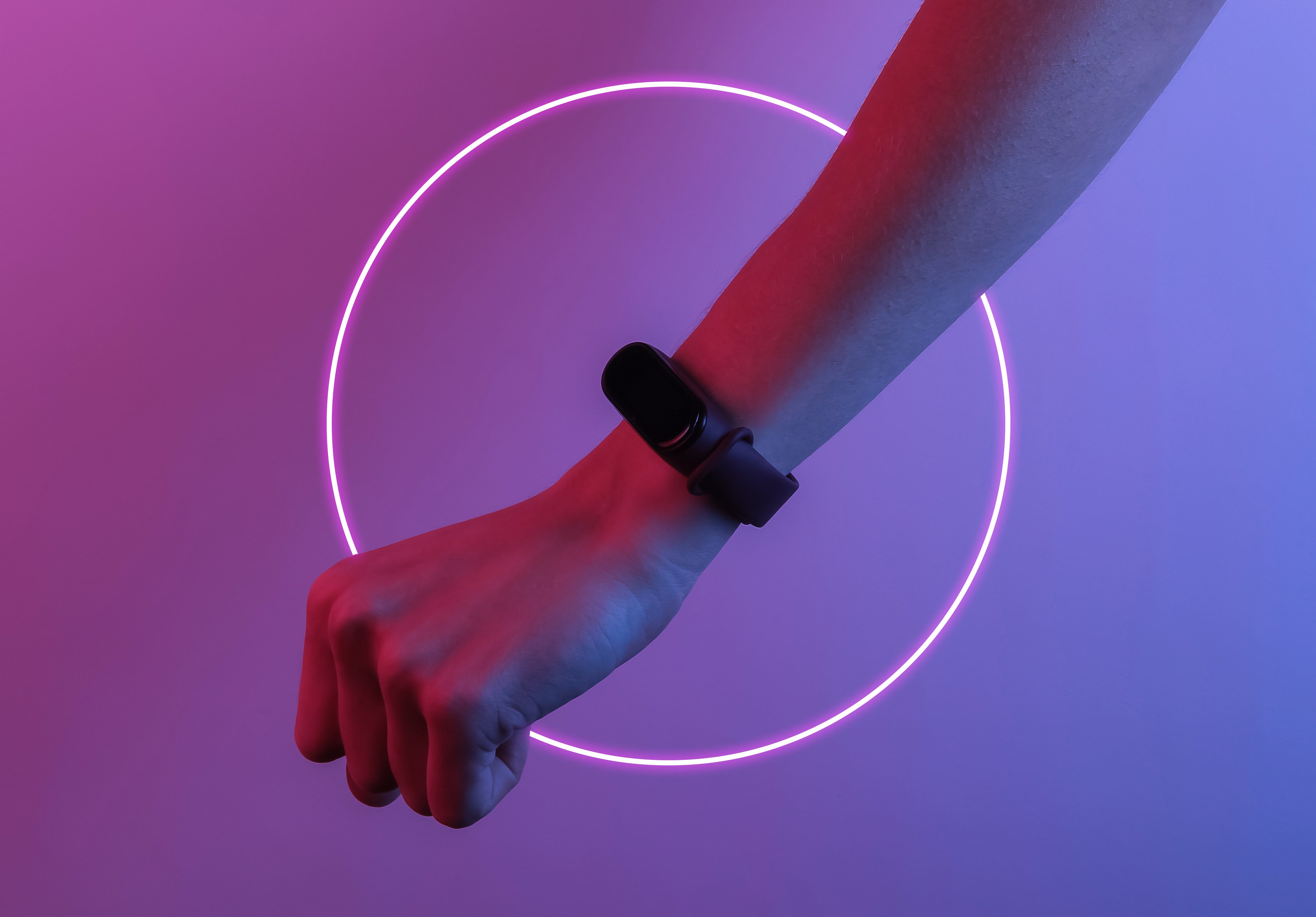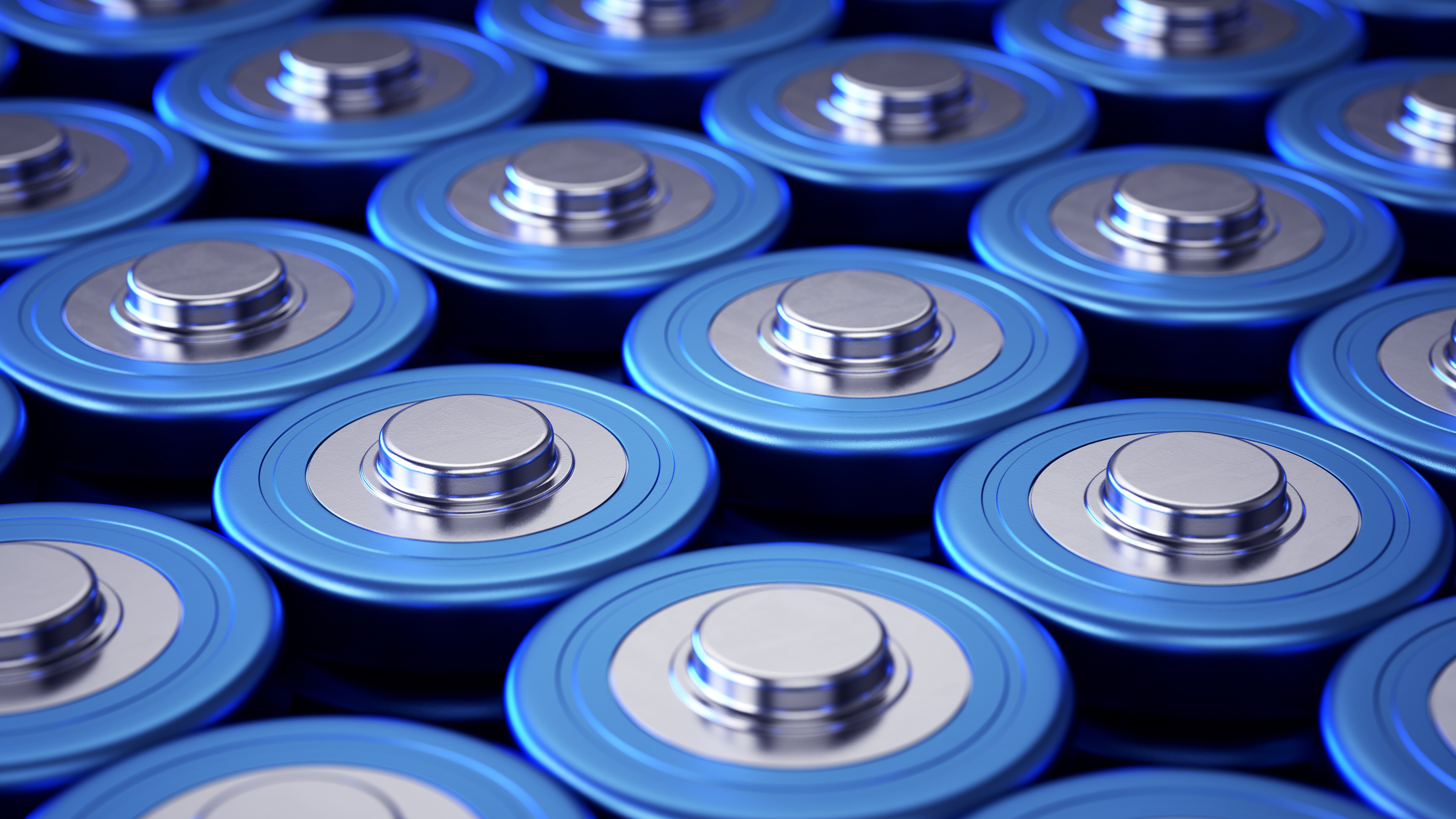
The Volta Foundation have just released the 2024 edition of their annual Battery Report. These reports are well-renowned in the industry and cover the most important developments in battery research, policy and business landscape. We at Mewburn Ellis were delighted to participate in this year’s report, as Mewburn Ellis partner Callum McGuinn contributed an analysis of the battery patent landscape.
In this second instalment of our series analysing the 2024 Battery Report, we explore the continued rise of Battery Energy Storage Systems (BESS). Described by The Economist as the “fastest-growing energy technology” of 2024, BESS is playing an increasingly critical role in global energy infrastructure.
What happened in 2024?
Battery Energy Storage Systems are essentially large-scale rechargeable battery devices, which allow energy to be stored and then released when needed. They are versatile assets, with applications ranging from on-grid use, supporting peak shaving and renewable integration, to off-grid solutions, providing power in remote locations or serving as backups during outages.
In 2024, the cumulative global BESS capacity reached an impressive 150 GW / 363 GWh and soared in market value to over $90 billion (USD). While BESS projects are expanding globally, a few key regions are leading the way, including China, the USA, Europe, and Australia. Notably, as the Battery Report shows, China and the USA together account for ~70% of global BESS projects, on a power basis.
There has been a significant growth of individual system sizes of BESS. As of November 2024, the largest operational BESS is the Edwards & Sanborn facility in California, boasting a considerable capacity of 821 MW / 3,280 MWh. The USA is currently leading in large-scale project construction, with 9 of the world’s 11 operational BESS facilities exceeding 300 MW, although China still holds the lead in total deployed capacity. One exciting development to watch is the ongoing pursuit of the first 1 GW BESS project, with several projects in the pipeline but none yet operational.
A key factor driving this BESS market is the dramatic decline in battery costs. In 2024, the cost per kWh of BESS systems dropped by 40% year-on-year from 2023, now averaging $165/kWh – less than half the price seen just five years ago. In China, prices have fallen even further, with bids for a large-scale system averaging just $66/kWh in late 2024.
Another significant trend in BESS is the increase in storage duration (the time to discharge a battery’s rated energy at its rated power), driven primarily by a shift from lithium nickel manganese cobalt oxide (NMC) batteries to lithium iron phosphate (LFP) chemistry.
Li-ion tech is dominant, but faces competition
Although lithium-ion systems are the overwhelmingly dominant technology (accounting for over 98% of installations in 2024), they have their limitations. As the Battery Report discusses, Li-ion systems are not cost-effective for demand-supply matching or energy arbitrage beyond 8 hours at current prices. This is shown in the graph below, which is taken from page 151 of the report:

Additionally, given safety concerns of Li-ion batteries and a desire to reduce costs further, alternative chemistries like sodium-ion, flow batteries, and metal-air batteries are gaining attention as potential future market leaders.
For example, sodium-ion technology has been shown to be successfully implemented in grid-scale batteries in a 50MW/100MWh energy storage system, which was installed in China’s Hubei province in 2024. As a more abundant material than lithium, sodium is available at a lower cost.
Also, scientists at the University of Southampton in the UK have recently developed a soluble lead flow battery (SLFB) as an alternative to Li-ion technology for grid-scale applications. They say it “is a non-flammable, cost-effective system, that has a completely circular manufacturing and recycling process that ties in with existing infrastructure and is therefore kinder to the environment”. This is because the materials used to make these batteries can be sourced from spent lead-acid batteries and can be easily recycled once they reach the end of their lifetime. The start-up which owns this technology, SoLead Energy, has applied for a patent to protect the intellectual rights to their invention.
Where else is BESS needed?
The demand for power, and consequently BESS deployments, is being accelerated by the significant growth of AI and data centres. Data centre power consumption is expected to triple by 2030 as a proportion of total US power demand – and could be even greater, as shown in the graph below (taken from page 160 of the Battery Report):

Two interesting BESS systems highlighted in the 2024 Battery Report are Virtual Power Plants (VPPs) and Vehicle-to-Grid (V2G). A VPP involves the coordinated charge or discharge of stationary energy storage assets to act as a larger BESS asset on the grid. A successful example of a VPP is the collaboration between Tesla and PG&E, which delivered 100 MW of power in July 2024, helping to reduce reliance on fossil-fuel peaker plants. Despite this success, many utilities still face challenges because of a lack of necessary markets or market rules to support VPPs.
Meanwhile, V2G is the use of the potential bi-directional charging capabilities of electric vehicles, in order to provide services to the grid. V2G has mostly been limited to pilot programmes due to technical and economic hurdles, including the lack of bi-directional charging support in some vehicles. Nevertheless, this is certainly an interesting possible additional use of EVs.
Even more growth expected!
The Battery Report refers to the 2020s as the “Decade of Energy Storage”, and it’s not difficult to see why. With falling costs, larger installations, and a global push for cleaner energy which has led to increased investments, the growth of Battery Energy Storage Systems is surpassing even the most optimistic of expectations. And as patent attorneys at Mewburn Ellis, we are also observing a rapid increase in innovators wishing to protect their intellectual property in these energy storage fields.
BESS is poised to play a pivotal role in the transition to a sustainable energy future. The Decade of Energy Storage is well underway, and the advancements seen in 2024 highlight its vital role in shaping the energy landscape.
Read the first instalment in our Battery Report 2024 series here: At sea and in space – EVs beyond cars
Rachel is a trainee patent attorney in the chemistry practice group. She graduated from the University of Oxford in 2023 with a first-class masters in Chemistry (MChem). Her final year research focused on osmolytes and their influence on the stability of colloidal systems.
Email: rachel.pindar@mewburn.com
Sign up to our newsletter: Forward - news, insights and features
Our people
Our IP specialists work at all stage of the IP life cycle and provide strategic advice about patent, trade mark and registered designs, as well as any IP-related disputes and legal and commercial requirements.
Our peopleContact Us
We have an easily-accessible office in central London, as well as a number of regional offices throughout the UK and an office in Munich, Germany. We’d love to hear from you, so please get in touch.
Get in touch

